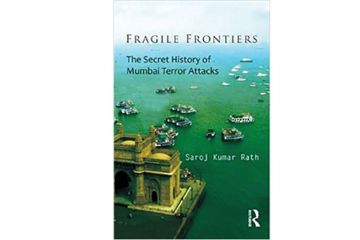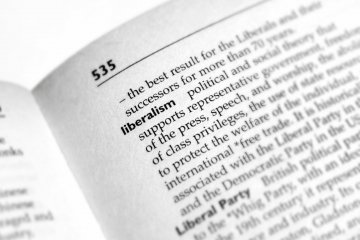
Jaques: And then he
drew a dial from his poke,And, looking on it with lack-lusture eye,Says very wisely, ‘It is ten o’clock:Thus we may see,’ quoth he, ‘how the world wags:‘Tis but an hour ago since it were nine,And after one hour ‘twill be eleven:And so from hour to hour, we ripe and ripe,And then, form hour to hour, we rot and rot;And thereby hangs a tale…’William Shakespeare—As You Like It
Does it?
When a student from the Middle East was asked what Shakespeare wrote, he
Continue reading “Plots and plans and the writer’s way”
Read this story with a subscription.





